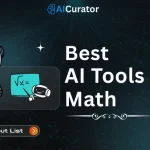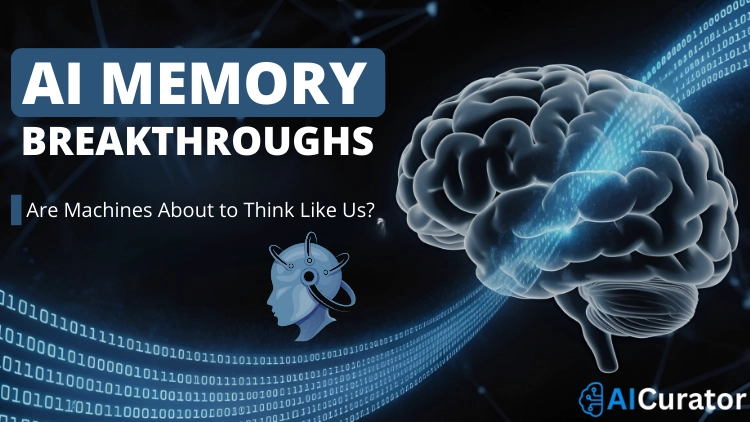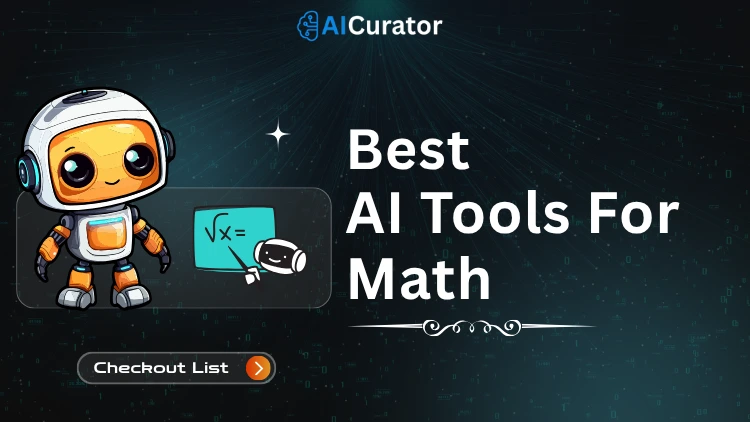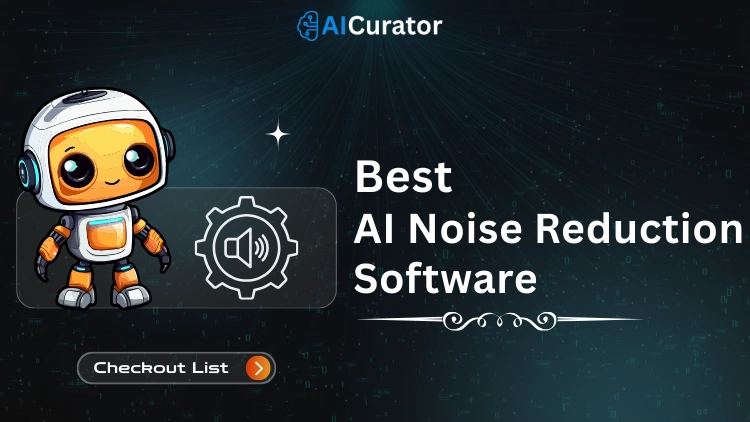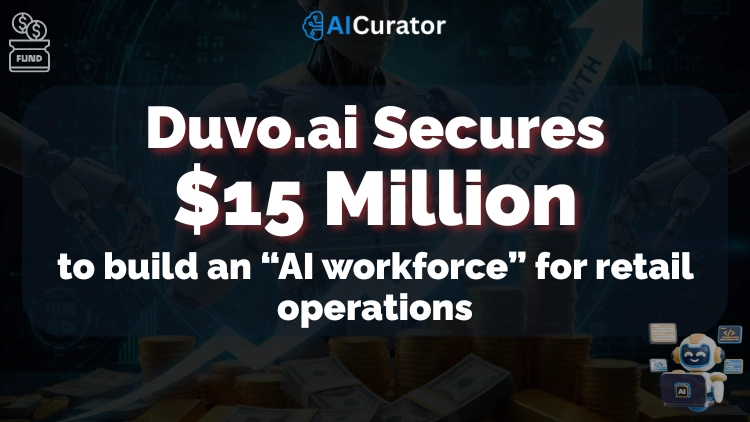In 2025, AI tech pushes boundaries, sparking debates on whether machines can mimic human memory. From neuromorphic chips to brain-computer interfaces, experts probe if AI can store and recall info like our brains do. This piece digs into the latest strides, weighing real progress against tough hurdles in AI memory and thought uploading.
Human memory shapes our identity, blending facts, emotions, and experiences. Now, AI models aim to copy this, with tools like Google's Titans offering glimpses of human-like recall. Yet, as labs race ahead, questions loom on ethics, privacy, and true replication.
Key Takeaways
How Human Memory Differs from AI Systems
| Parameter | Human Memory | AI Memory |
|---|---|---|
| Storage Capacity | Approx. 2.5PB (petabytes) | Theoretically unlimited |
| Recall Speed | Variable, context-based | Near-instant, context-agnostic |
| Forgetting | Regular & adaptive | Not natural, requires programming |
| Emotional Context | Strong | None/Minimal |
| Selectivity | Emotion & relevance driven | Data/statistics driven |
| Energy Efficiency | Ultra-low (brain) | Still high (but improving) |
Human brains store memories in dynamic ways, tied to emotions and senses. We recall a childhood event with feelings attached, evolving over time. AI, by contrast, relies on data patterns without that personal touch.
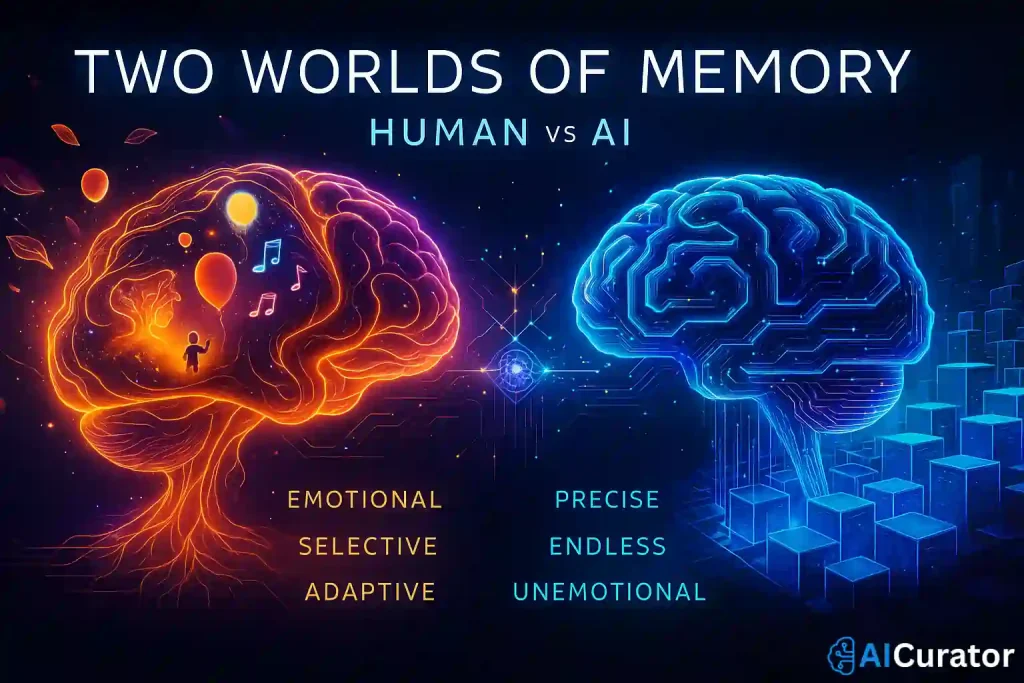
Recent studies reveal AI can mimic some brain processes. For instance, Transformer models use mechanisms like the brain's NMDA receptor for memory consolidation. This lets AI form long-term “memories” from short-term data, much like humans.
Yet, gaps persist. Humans forget selectively to avoid overload, while AI often clings to all info. Labs like IBS note AI lacks emotional depth, making its recall feel flat.
Breakthroughs in AI Memory Tech for 2025
Google's Titans architecture marks a big leap, evolving from Transformers to handle vast contexts. It stores and recalls info over extended periods, boosting tasks in language and reasoning. Tests show it outperforms standard models, hinting at more lifelike AI.
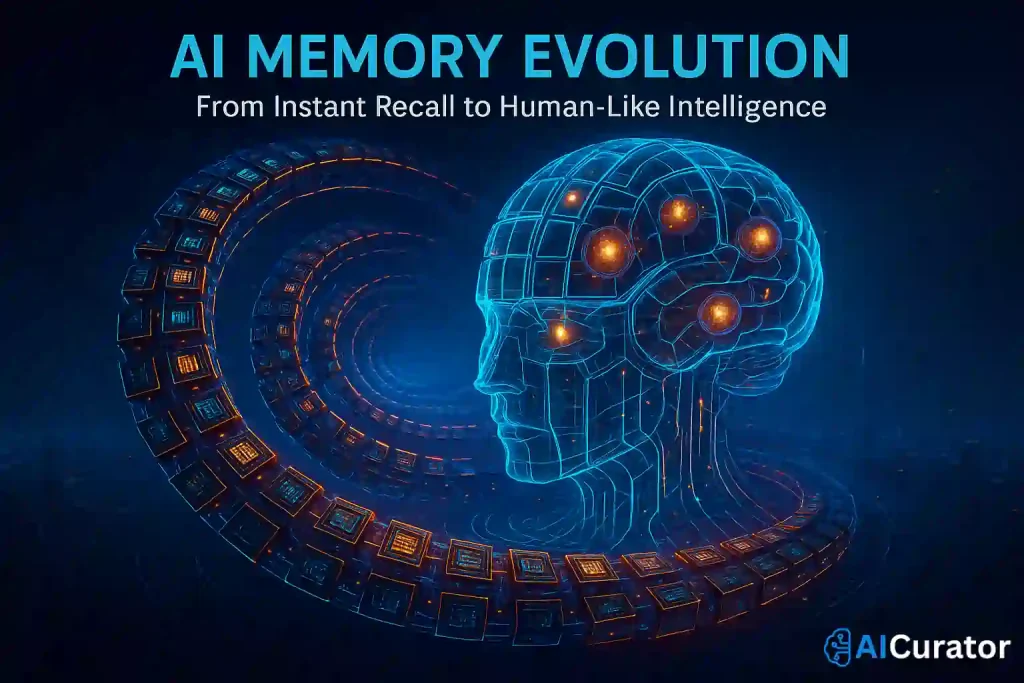
Startups fuel this drive. Memories.ai snagged $8M in July 2025 to build persistent visual memory for AI. Their work targets long-term recall, fixing issues where systems forget past interactions.
Chinese researchers rolled out MemOS, an OS that helps AI evolve memories like humans. It tackles “memory silos,” improving consistency in answers. Early trials cut errors in reasoning tasks, proving its edge.
Neuromorphic Computing: Bridging Brain and Machine
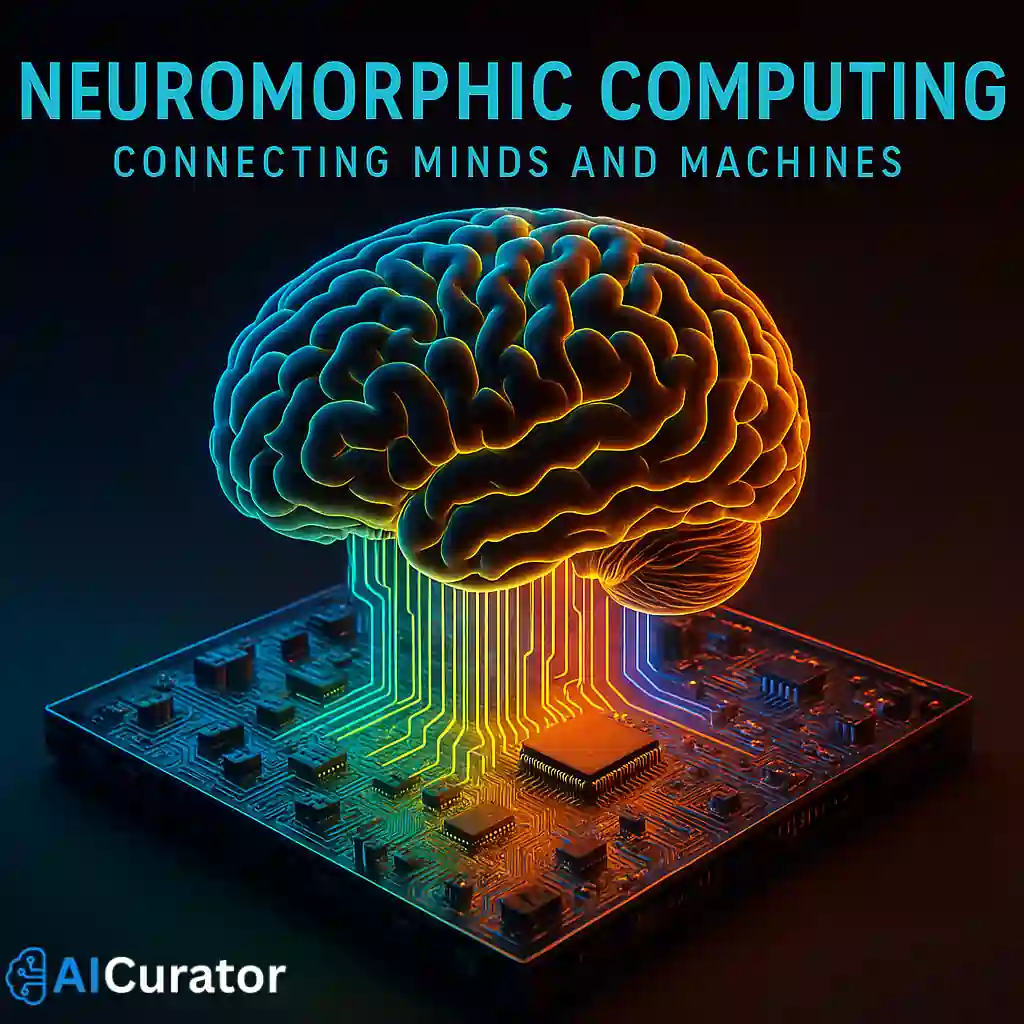
Neuromorphic computing is rapidly advancing, using specialized chips designed to mimic brain cells. IBM’s TrueNorth and Intel’s Loihi 2 are prime examples, built with spiking neurons that process data in a brain-like manner.
In 2025, Intel launched an upgraded Loihi 2, delivering faster performance while consuming less power. Experts believe this innovation could play a key role in making AI memory function more like the human brain.
Another major leap comes from memory operating systems such as MemOS. This system allows AI to retain user interactions across multiple sessions, overcoming the long-standing issue of “memory silos,” where earlier context would be lost. By addressing this challenge, MemOS has demonstrated improved AI reasoning and more consistent responses in tests.
The Quest for Uploading Thoughts: Reality Check
Uploading thoughts – copying a mind to a machine – sounds like sci-fi, but progress builds. Neuralink's 2025 trials let paralysed users control devices via brain signals. Synchron's non-invasive BCIs aid communication, showing real links between brain and tech.
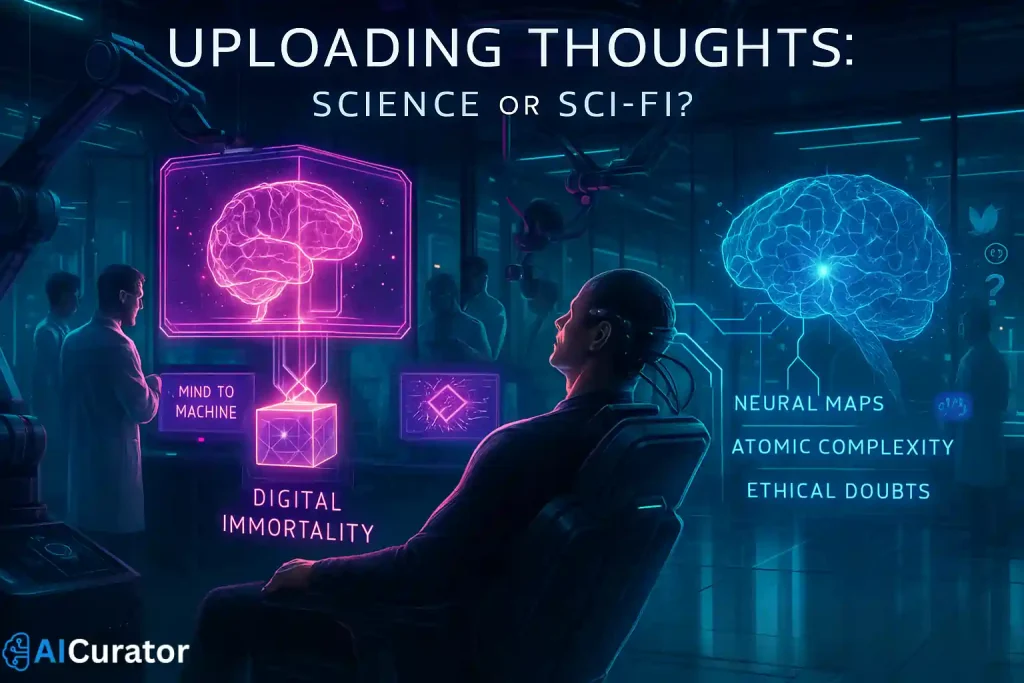
Whole-brain emulation (WBE) aims to map every neuron, recreating mental processes. YouTube breakdowns, like those from Nick Bostrom, explain scanning hurdles, with electron microscopy scanning mouse brains in detail.
Still, experts warn it's far off. A Georgia Tech neuroscientist notes we need 3D brain maps at atomic levels, a task demanding huge compute power. Twitter debates rage on ethics, with users questioning if a digital copy truly “is” you.
Challenges and Ethical Hurdles in AI Memory
AI memory isn't perfect. Models struggle with context and emotions, unlike human recall. Forgetting mechanisms in brains prevent overload, but AI risks data bloat without smart pruning.
Privacy tops concerns. Uploading thoughts could expose sensitive brain data, leading to misuse. Blogs stress trust issues, urging clear rules for access.
Costs and access matter too. High-end setups like those for WBE demand massive resources, potentially widening gaps. Forums on Reddit call for open-source efforts to democratise these tools.
Real-World Applications and Future Outlook
AI with better memory shines in customer service, where agents recall past chats for smoother help. In healthcare, it aids diagnostics by retaining patient histories without emotional bias.
Looking ahead, blending AI and human memory could spark hybrid intelligence. Analytics Vidhya articles predict AGI by 2040, with memory as a key piece. Yet, as Backlinko notes, we must balance perks with risks.
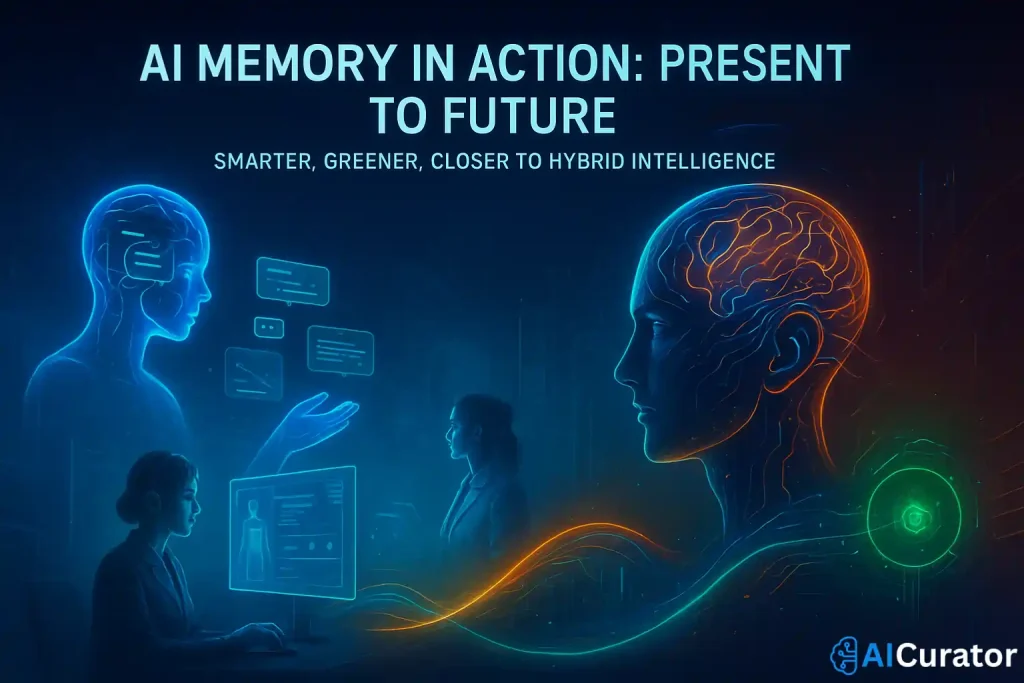
Twitter influencers share stats: AI memory tech cut energy use by 30% in recent tests. This points to greener AI, vital for scaling.
Blending AI memory with human traits opens doors, but we're not there yet. Advances like Titans and BCIs bring us closer to uploading thoughts, yet ethical and tech barriers loom large. Stay tuned – 2025's innovations could redefine how we think about minds and machines.
Recommended Readings:
Conclusion
AI is well on its way to smarter, memory-powered tools—enabling smarter assistants, customer agents, and creative partners. But “human-like memory” goes far beyond data recall: it’s about context, forgetting, intuition, and emotion.
Uploading thoughts? Maybe one day. For now, AI memory technology is a rocket ship, but humanity’s quirks can’t quite be boxed up just yet.


